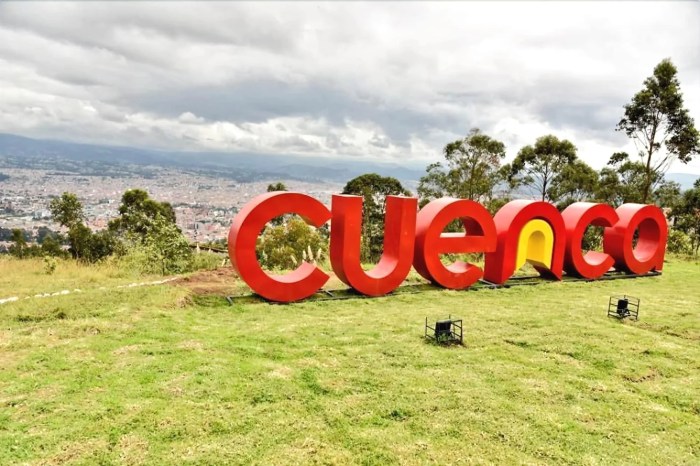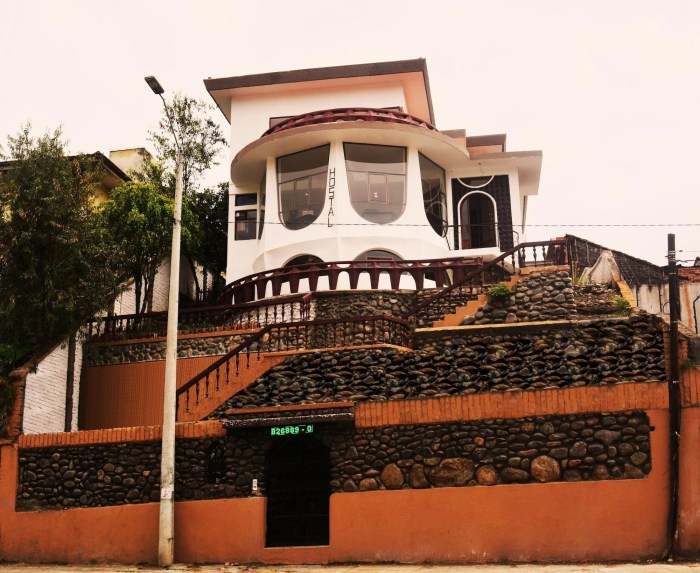Activist Involved in the Dakota Access Pipeline Protests Crossword sets the stage for this enthralling narrative, offering readers a glimpse into a story that is rich in detail and brimming with originality from the outset. This comprehensive guide delves into the heart of the protests, exploring the pivotal role of activists in raising awareness, organizing resistance, and shaping the course of events.
As we embark on this journey, we will uncover the motivations, strategies, and impact of key figures who played a pivotal role in the movement. We will examine the legal and political implications of the protests, their lasting legacy, and the lessons learned that continue to inform activism and environmental advocacy today.
Activism and the Dakota Access Pipeline Protests: Activist Involved In The Dakota Access Pipeline Protests Crossword

The Dakota Access Pipeline (DAPL) protests emerged as a significant chapter in the history of environmental activism. The pipeline, planned to transport crude oil from North Dakota to Illinois, faced staunch opposition from Native American tribes, environmentalists, and activists.
Activists played a crucial role in raising awareness about the potential environmental and cultural impacts of the pipeline. They organized protests, rallies, and social media campaigns to garner public support and pressure decision-makers.
Key Figures and Their Contributions, Activist involved in the dakota access pipeline protests crossword
- LaDonna Brave Bull Allard: A Standing Rock Sioux activist who led the resistance movement against the pipeline. She established the Sacred Stone Camp, a gathering place for protesters.
- Chase Iron Eyes: A Lakota Sioux activist known for his powerful speeches and leadership during the protests. He emphasized the importance of protecting water resources and Indigenous rights.
- Winona LaDuke: An Ojibwe environmentalist and activist who played a pivotal role in organizing the resistance. She highlighted the environmental concerns associated with the pipeline.
Protest Tactics and Strategies
Activists employed various protest tactics to oppose the DAPL, including:
- Direct actions: Protesters physically blocked construction equipment and occupied pipeline sites.
- Legal challenges: Native American tribes filed lawsuits against the government and pipeline company, citing violations of treaty rights and environmental laws.
- Social media campaigns: Activists used social media platforms to spread awareness about the protests and mobilize support.
Impact on Indigenous Communities
The DAPL protests highlighted the concerns of Indigenous communities regarding environmental protection, cultural preservation, and treaty rights. The pipeline’s construction threatened sacred sites, water sources, and the cultural heritage of the tribes.
Activists played a crucial role in supporting Indigenous communities during the protests. They amplified the voices of Native American leaders and raised awareness about the potential impacts of the pipeline.
Legal and Political Implications
The DAPL protests led to legal challenges and political ramifications:
- Legal challenges: Activists faced arrests and charges during the protests. The legal battles highlighted issues of free speech, assembly, and the rights of Indigenous peoples.
- Political implications: The protests influenced public opinion and put pressure on politicians to address the concerns raised by activists and Indigenous communities.
Legacy and Lessons Learned
The DAPL protests left a lasting legacy in the realm of activism and environmental advocacy:
- Raised awareness: The protests brought national attention to the issue of Indigenous rights and the environmental risks associated with fossil fuel development.
- Inspired activism: The protests inspired other movements and activists around the world, demonstrating the power of grassroots resistance.
- Lessons learned: The DAPL protests provided valuable lessons about the importance of collaboration, non-violent resistance, and the role of social media in mobilizing support.
Expert Answers
Who were some of the prominent activists involved in the Dakota Access Pipeline protests?
Prominent activists included Winona LaDuke, Chase Iron Eyes, and Kandi Mossett, who played pivotal roles in organizing and leading the protests.
What were the key protest tactics employed by activists during the Dakota Access Pipeline protests?
Activists employed various tactics, including peaceful demonstrations, civil disobedience, and social media campaigns, to raise awareness and pressure decision-makers.
What was the impact of the Dakota Access Pipeline protests on Indigenous communities?
The protests highlighted concerns about environmental protection, cultural preservation, and treaty rights, and strengthened the relationship between activists and Indigenous communities.


